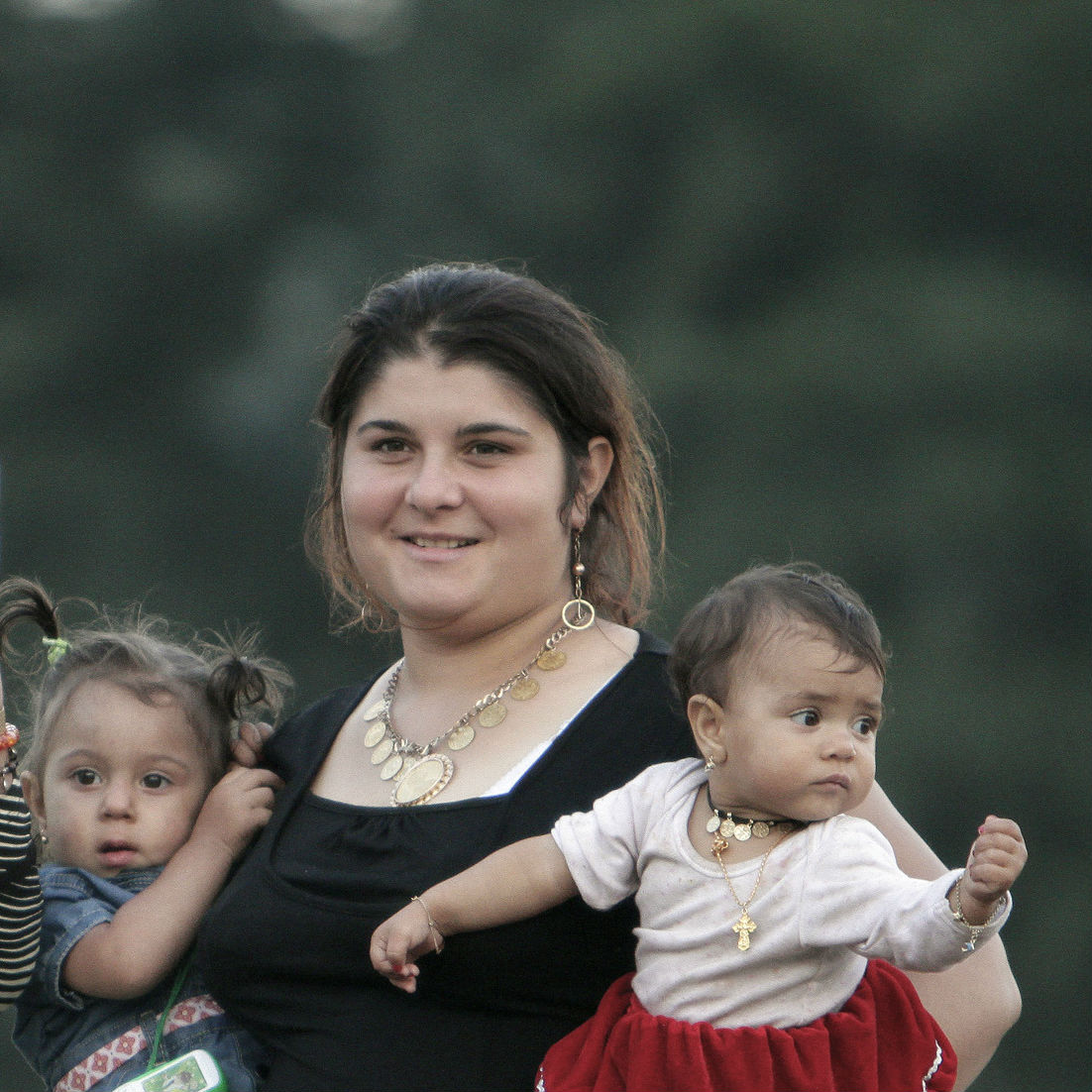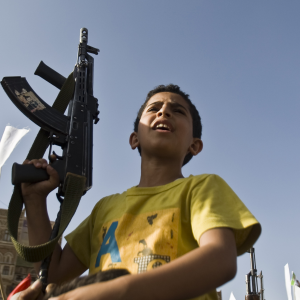A huge rise in the number of children used in suicide attacks by terrorist groups in the Middle East and Africa is “one of the gravest situations for children on earth,” warn international child protection agencies.
Children now account for nearly a fifth of all suicide bombers in Cameroon, Nigeria and Chad, according to a Unicef report released today.
Data from the UN children’s agency shows that 44 children were used in suicide attacks by Boko Haram in north-east Nigeria and neighbouring countries in 2015, compared with four the previous year. Last year, children were used in half the attacks in Cameroon, one in eight in Chad, and one in seven in Nigeria. And girls accounted for three-quarters of all child suicide bombers in 2015.
“The proportion of attacks involving boys and girls is also on the rise, with children as young as eight. The use of children, especially girls, as suicide bombers has become one of the defining and alarming features of the conflict, ” said the report, Beyond Chibok, released on the second anniversary of the abduction of more than 200 schoolgirls from the Nigerian town of Chibok.
Children used in suicide bombings should not be seen as willing combatants said Manuel Fontaine, Unicef regional director for west and central Africa. “Let us be clear: these children are victims, not perpetrators,” he said. “Deceiving children and forcing them to carry out deadly acts has been one of the most horrific aspects of the violence in Nigeria and neighbouring countries,” he added.
Meanwhile, in Syria and Iraq children are being indoctrinated with religious concepts from birth before being being trained as spies, soldiers and suicide bombers by IS, states a report by London counter-extremism think tank, Quillam.
“The area of most concern is that Islamic State is preparing its army by indoctrinating young children in its schools and normalising them to violence through witnessing public executions, watching Islamic State videos in media centres and giving children toy weapons to play with,” said the United Nations-backed report, published last month.
The report, Children of the Islamic State, was compiled through a study of propaganda featuring children and is the first investigation into the exploitation and abuse of children by the terrorist group. Recruitment of children by IS frequently involves coercion, according to the report, with abduction being a favoured method. The UN Assistance Mission for Iraq estimates that Islamic State has abducted between 800 and 900 children between the ages of nine and 15.
The organisation also uses fear as a recruitment tool, with media outlets within the caliphate issuing statements warning that children who refuse to conform with IS orders will be flogged, tortured or raped. According to a spokesperson for the Roméo Dallaire Child Soldiers Initiative, which co-wrote the report, life under IS is “one of the gravest situations for children on earth.”
The focus on youth bears similarities, says the report, to the forced recruitment of child soldiers in Liberia in the 1990s, when Charles Taylor seized power with an army filled with children. The authors also point to child soldier units in Iraq in the late 1970s known as Ashbal Saddam, or Saddam’s Lion Cubs, made up of boys aged 10 to 15.
Child recruitment in conflict-torn Yemen has also risen exponentially, according to Unicef report, Children on the Brink. Unicef verified 848 cases of child recruitment in the past year, with warring factions recruiting children as young as 10 years old. Children are increasingly taking up active roles in the fighting; including manning checkpoints and carrying weapons, says the report, published in March. In the past year, 900 children were killed and more than 1,300 were injured. These numbers are almost seven times higher than the whole of 2014, the report notes.
"Children are paying the highest price for a conflict not of their making,” Unicef Country Representative Julien Harneis said in a press release.
The UN children’s agency also estimates that nearly 10,000 additional deaths from preventable diseases may have occurred among children under five years old in the past year as a result of the decline in critical health services in the war-torn country. “That’s the catastrophe for me,” Mr Harneis said. “These children would never have died if it were not for this war.”
Twenty years ago, international humanitarian advocate, Graça Machel, released a groundbreaking report on the Impact of Armed Conflict on Children. The report, by the former First Lady of Mozambique and South Africa, introduced the phrase ‘child soldier’ and drew the attention of governments and child protection agencies to the impact of armed conflict on children.
Tens of thousands of children are still estimated to be recruited and used in conflicts worldwide.
KEEP UP TO DATE ON TWITTER AND FACEBOOK...
Follow all the latest news and events from the Catholic world via The Tablet's Twitter feed @the_tablet
Or you can join in the debate at our community page on Facebook




 Loading ...
Loading ...